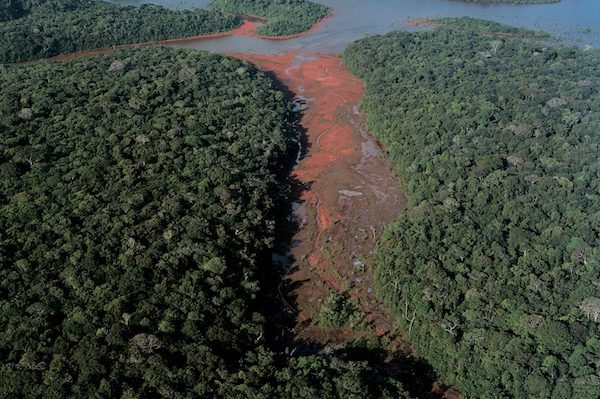Biodiversity is essential for the stability and resilience of ecosystems.
Biodiversity maintains ecological balance, advances scientific knowledge, and enriches communities. Any long-term changes to biodiversity can disrupt the delicate balance that supports plant and animal life, resulting in less resilience to environmental changes. In turn, this can affect agriculture and food security.
Before mining operations begin, the area is mapped to assess the operational and external effects on the ecosystem, as well as cultural heritage. From this, mitigation strategies are implemented, monitored and documented throughout the project.
Alongside minimising unnecessary clearance for the mining site, the efforts to protect the area’s biodiversity are varied. They include:
- Relocation of plants growing in cleared areas and providing nurseries to propagate native plant species for use in rehabilitation;
- Establishment of reserves on other company-owned land;
- Leaving strips or islands of native vegetation within mining areas as wildlife reserves and corridors;
- Reconstructing fauna habitats using rocks and logs taken from areas being cleared for mining;
- Providing fauna nesting boxes in rehabilitated areas;
- Faunal recolonisation.

Sustainable mining operations protect and restore the biodiversity of the areas in which they are located. Most mining operations have set ‘no net loss’, ‘zero harm’ or ‘net positive’ impact policies, and many work in partnerships with international conservation organisations, local NGOs and other stakeholders.
